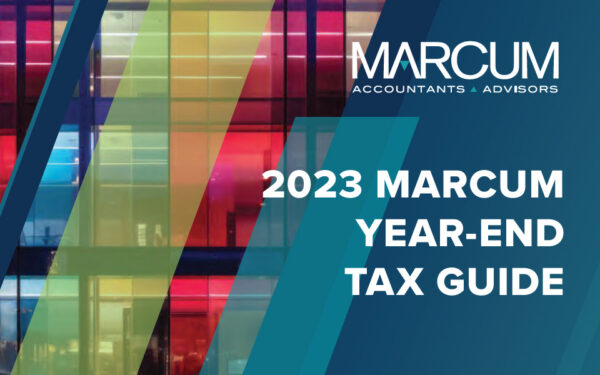New Lease Accounting Standards Updates – What You’ll Need to Change
In our last blog, we highlighted the impacts of new lease accounting standards updates on private companies. In this blog, we’ll offer suggestions for adapting to the new standards.
Companies should begin preparing now to implement new lease standards under ASC 842. At a minimum, they will need to:
- Evaluate their lease portfolios and determine which leases are subject to the new standard
- Determine the need to implement new systems, controls or processes to accommodate the new standard
- Update accounting policies, processes and procedures
- Review legal agreements and debt covenants, as those may be impacted
- Discuss the impact with stakeholders (boards of directors, investors, lenders)
Changes to Your Financial Statements
- Income statement: Each lease type will have a specific income statement recognition pattern (for operating leases – straight-line; for finance leases – front-loaded). This remains unchanged from the current standard. Moving forward, lessees must record lease expense as a single line item for operating leases, while amortization and interest expense must be recorded for finance leases.
- Balance sheet:
- A right-of-use asset and a lease liability must be recorded by lessees for every lease that has a term of more than one year.
- Property, plant and equipment will be recorded by lessors for an operating lease, while a lease receivable will be recorded for a direct financing or sales lease.
- New right-of-use assets are now subject to impairment testing. Your business, therefore, will require a process for evaluating write-downs.
- EBITDA: Some investors consider EBITDA a crucial metric, so given that interest and amortization expense are added back to earnings in determining EBITDA, many companies have utilized capital leases. That said, those same capital (or finance) leases can have negative impacts on balance sheets that operating leases don’t under the current standard. Under the new lease standards, companies may have to give deeper consideration as to whether their leases are classified as finance leases since all leases will be on the balance sheet.
- Additional Financial Statement Impacts:
- Given that contracts can contain lease and non-lease components, lessees must evaluate what services they receive, then use observable prices to allocate consideration to these components.
- As defined in ASC 842, lessors may need to allocate the transaction price to separate performance obligations in conjunction with the new revenue recognition standards.
As we stated in earlier blogs, your company should prepare for new lease standards under ASC 842 now, if it hasn’t already. Doing so helps ensure that your company remains in compliance with GAAP, and by extension, it will streamline your company’s interaction with third-party users of your statements, such as lenders. This makes facilitating associated transactions quicker and easier for all parties involved.
Do you have questions about lease accounting standards updates, or other accounting and auditing issues? Please contact us at (855) MARCUM1.




















